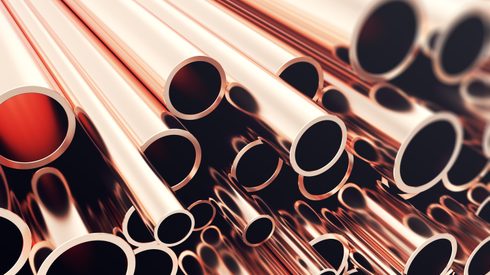The vogue phrase amongst politicians struggling with the world’s economic woes seems to be “whatever it takes”.
Mario Draghi will do “whatever it takes” to keep the Euro together, as will Angela Merkel. Others have used the words over the last couple of years as well, all of them anxious to demonstrate their absolute resolution to make the world a better place.
Have any of them succeeded? Can any of them succeed? What, actually, does the phrase mean?
Sadly, I think it’s just hollow rhetoric with very little substance behind it. The markets grab any hint of concerted action and take it as a harbinger of a great new dawn in the struggle against recession, but in truth they are looking through the wrong end of the telescope.
What they are looking for as signs of strength are in fact signs of weakness, and a cause for greater concern, not relief.
The actions that have spurred market rallies are simply funny money being thrown at the problem. If your best hope for the future is to see newly-created money being used to buy up government debt (or possibly, now, corporate debt), then I would suggest you are deluding yourself.
For the hard industrial commodities, obviously including metals, there is an understandable short-term benefit. The effect of QE, LTRO – whatever acronym you want to use, it’s all the same – is to devalue the existing money. That in turn will strengthen solid things, as opposed to paper, as more of the devalued currency chases them. In other words, they will act, for a time, as a hedge against governmentally-inspired devaluation of the currency.
Governments take this action because it serves to reduce the proportional debt burden, making the situation look more comfortable.
Unfortunately, I don’t believe that benefit for the hard commodities is really sustainable in the long term, because ultimately the supply-demand balance will become too distorted and a collapse will follow (unless I’m totally wrong, and the governmental actions do finally save the economies without major realignments).
Each successive initiative to save the Euro has been greeted enthusiastically by the world’s financial markets. But then reality has set in, and things have worsened again. The real indicator here is that the euphoria following each announcement has lasted less and less time, culminating with the Spanish bank bail-out, which seemed to have a half-life of just a few hours.
The reality of governmental intervention seems to be worth ever-decreasing rallies in the financial markets, and I see no reason, as we wait for the next brave words, to expect that trend to change. Simply throwing endless devaluing money at the problem is not going to work. The inherent instability of the Euro has been there from the start. It was, and remains, a political creation: the brainchild of political egos. In its current form it cannot contain the differing requirements of its members.
Either it needs to fade into the forgotten distance, like previous monetary unions, or the politicians have to accept the economists’ demands to go the whole way to a full union. The halfway house we are suffering at the moment – the seemingly endless throwing of more and more money at the problem – is manifestly not working.
So, the relevance to metals? Well, as I said above, the current policy of devaluing the currencies does play into the hands of the hard commodities, but there is a huge caveat: without genuine economic growth coming back, there must be a point where the world cannot simply stockpile them and expect the price to continue to rise.
The metal markets at the moment are somewhat artificial, with premiums supported by finance deal-inspired tightness and underlying prices held above where supply-demand constraints would have them by those same finance deals.
It has all the stability of an inverted pyramid. Play the game, but don’t get left without a seat when the music stops.





